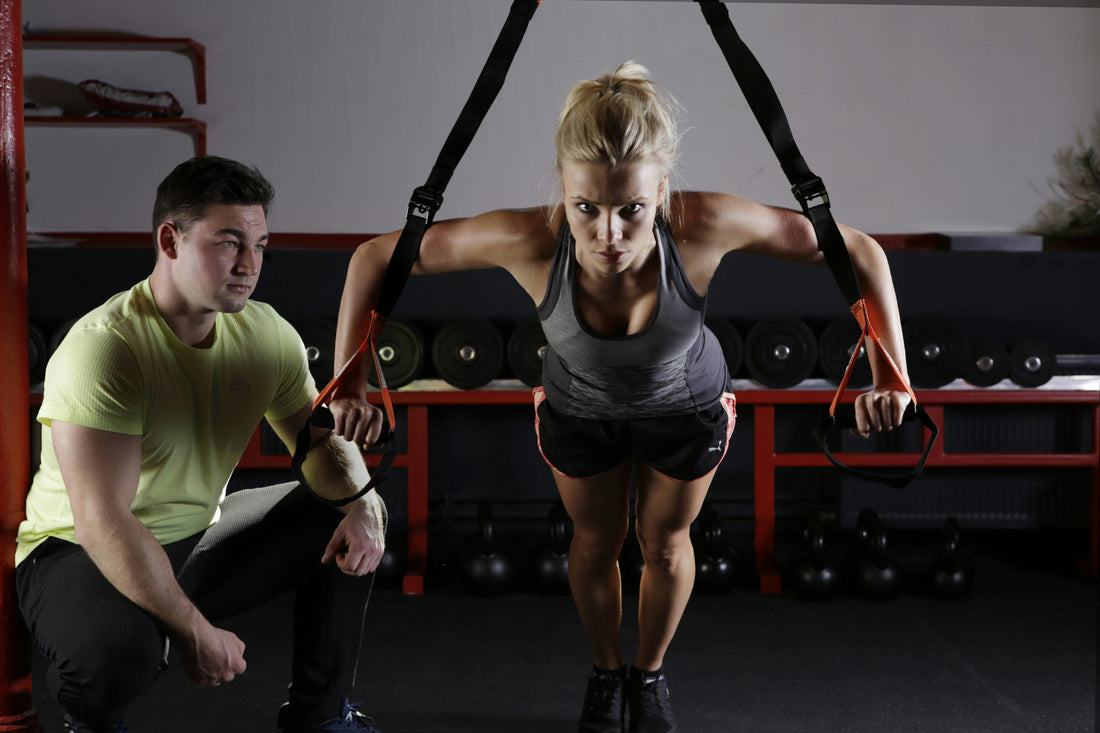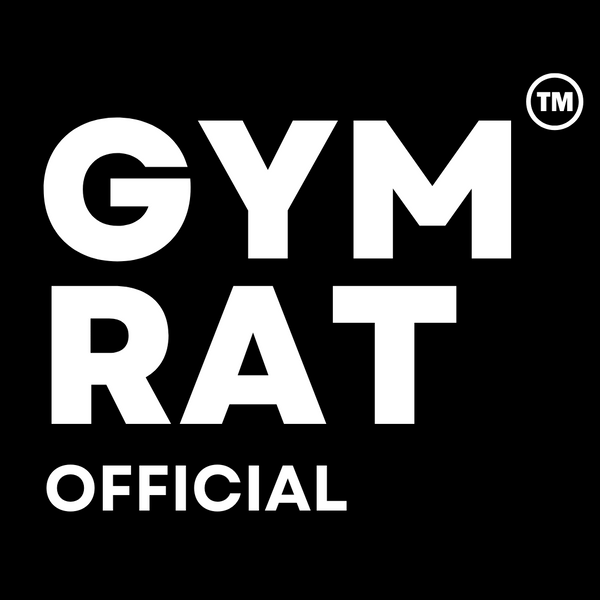
Unlock Your Dream Body: The Best Training Splits for Serious Weight Loss
Share
Unlock Your Dream Body: The Best Training Splits for Serious Weight Loss
We've all been there: staring at a gym full of equipment, wondering how to best organize our workouts for maximum results. When it comes to weight loss, it's not just about showing up; it's about smart, strategic training. And a well-planned "training split" is your secret weapon.
A training split simply refers to how you divide your workout days to train different muscle groups. It's about optimizing your time, recovery, and results. But with so many options out there, which ones are truly effective for shedding those extra pounds and sculpting a leaner physique?
Let's dive into some of the best training splits for weight loss and why they deliver.
Why Does a Training Split Matter for Weight Loss?
Before we jump into the splits, let's understand why they're crucial for weight loss:
- Optimized Muscle Growth (and Metabolism!): When you train a muscle group, you create tiny tears. Your body then repairs and rebuilds these muscles stronger and bigger. More muscle mass means a higher resting metabolism, meaning your body burns more calories even when you're not working out.
- Adequate Recovery: Muscles need time to repair and grow. A good split ensures you're not overtraining the same muscle groups day after day, which can lead to fatigue, injury, and stalled progress.
- Consistency and Adherence: A well-structured plan makes it easier to stay consistent. You know exactly what you're doing each day, reducing decision fatigue and increasing your likelihood of sticking with it.
- Progressive Overload: To continue making progress, you need to gradually increase the demands on your muscles (e.g., lift heavier, do more reps). A split helps you focus on specific muscle groups, making progressive overload more manageable.
Top Training Splits for Weight Loss
While there's no single "best" split for everyone (your ideal split depends on your schedule, experience, and preferences), these are highly effective for weight loss:
1. Full Body Split (3-4 Days/Week)
How it works: You train all major muscle groups in each workout session. Example:
- Day 1: Full Body Strength (Squats, Bench Press, Rows, Overhead Press, Lunges)
- Day 2: Rest or Active Recovery
- Day 3: Full Body Strength (Deadlifts, Push-ups, Pull-ups/Lat Pulldowns, Bicep Curls, Tricep Extensions)
- Day 4: Rest or Active Recovery
- Day 5: Full Body Strength (Mix of compound movements, maybe some accessory work)
- Day 6 & 7: Rest
Why it works for weight loss:
- High Calorie Burn: Working your entire body in one session burns a significant amount of calories.
- Frequent Muscle Stimulation: Each muscle group is hit 2-3 times per week, which is excellent for muscle protein synthesis and growth.
- Beginner-Friendly: It's a great way to learn fundamental movements and build a base.
- Flexibility: If you miss a day, you haven't missed an entire muscle group's workout for the week.
2. Upper/Lower Split (4 Days/Week)
How it works: You divide your body into upper and lower sections, training each twice a week. Example:
- Day 1: Upper Body (Chest, Back, Shoulders, Arms)
- Day 2: Lower Body (Quads, Hamstrings, Glutes, Calves)
- Day 3: Rest or Active Recovery
- Day 4: Upper Body
- Day 5: Lower Body
- Day 6 & 7: Rest
Why it works for weight loss:
- Balanced Frequency and Volume: Each muscle group gets trained twice a week with ample recovery time.
- Allows for More Volume: You can do more exercises and sets for each muscle group per session compared to a full-body workout.
- Effective for Strength & Hypertrophy: Great for building muscle, which, as we know, boosts metabolism.
3. Push/Pull/Legs (PPL) Split (3 or 6 Days/Week)
How it works: You divide your workouts based on movement patterns:
- Push: Chest, Shoulders, Triceps (pushing movements)
- Pull: Back, Biceps (pulling movements)
- Legs: Quads, Hamstrings, Glutes, Calves
Example (3-day):
- Day 1: Push
- Day 2: Rest or Active Recovery
- Day 3: Pull
- Day 4: Rest or Active Recovery
- Day 5: Legs
- Day 6 & 7: Rest
Example (6-day, advanced):
- Day 1: Push
- Day 2: Pull
- Day 3: Legs
- Day 4: Push
- Day 5: Pull
- Day 6: Legs
- Day 7: Rest
Why it works for weight loss:
- Highly Efficient: Training synergist muscles together (e.g., chest, shoulders, triceps all work in pushing) saves time and maximizes output.
- Excellent for Muscle Growth: Allows for high volume and intensity per muscle group, which is crucial for increasing lean mass and metabolic rate.
- Logical Grouping: Reduces overlap and ensures balanced muscle development.
Key Considerations for Weight Loss Success
No matter which split you choose, remember these crucial elements for effective weight loss:
- Prioritize Compound Movements: Exercises like squats, deadlifts, presses, and rows engage multiple muscles and burn more calories than isolation exercises.
- Progressive Overload: Continuously challenge your muscles by gradually increasing weight, reps, sets, or decreasing rest times. This is fundamental for muscle growth.
- Incorporate Cardio: While strength training is paramount, don't neglect cardio. Integrate both LISS (Low-Intensity Steady State, e.g., brisk walking) and occasional HIIT (High-Intensity Interval Interval Training) for additional calorie burn and cardiovascular health.
- Nutrition is King: You cannot out-train a bad diet. Focus on a calorie deficit, adequate protein intake, and plenty of whole foods.
- Consistency and Patience: Weight loss is a marathon, not a sprint. Stick to your plan, track your progress (beyond just the scale!), and trust the process.
- Listen to Your Body: Don't push through pain. Adequate sleep and recovery are just as important as your workouts.
Find Your Fit
The best training split for you is one you can stick to consistently. Experiment with these options, see how your body responds, and adjust as needed. Remember, the goal is to build strength, increase muscle mass, and create a strong, metabolically active body that effectively burns fat.
What's your go-to training split, and why do you love it for your weight loss journey? Share your thoughts in the comments below! You got it! A catchy title can make all the difference. Here are a few punchier options for your blog post, playing on different angles:


